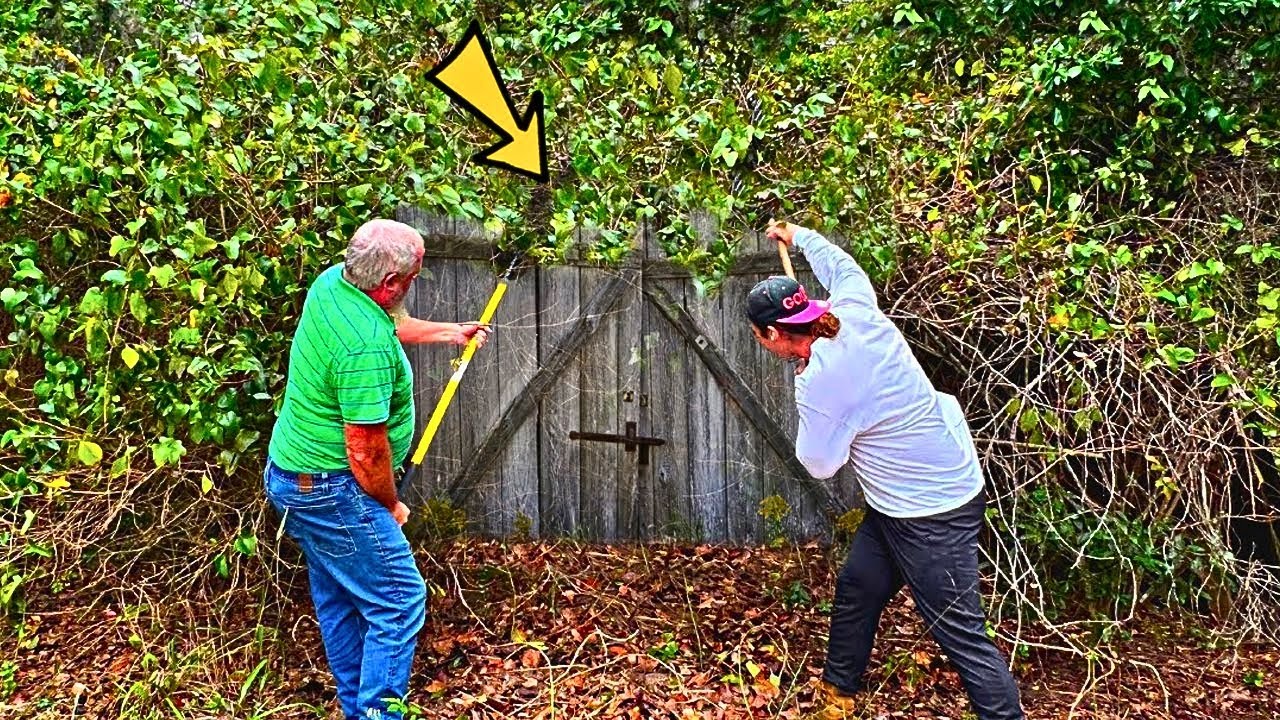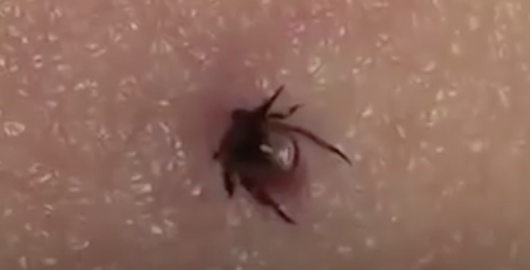
Ticks are tiny, nasty, carriers of disease that can be found all over the place. They are most active in spring and summer months, but are resilient and may even be found in fall and winter, depending on where you live. They can spread numerous bacterial, viral, and toxic diseases other than the most commonly known ones such as Lyme disease, Rocky Mountain Spotted Fever, and Tularemia. A tick can harbor more than one disease and thus one bite can infect a person with multiple diseases.
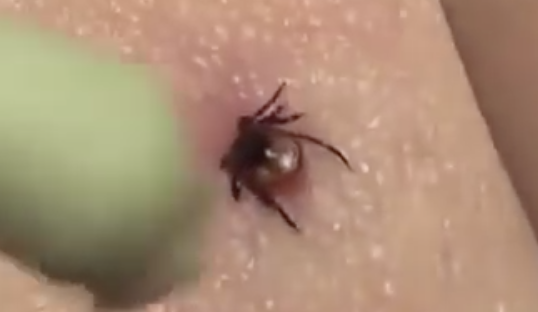
The facts regarding ticks are scary and if you ever get bit by one you need to remove it as soon as possible. The quicker you can get it’s head out of your skin the better, because doing so greatly reduces the chance of infection. Most people remove them with tweezers, which can be effective, but oftentimes the tick’s body gets pulled off and the head/mouth remains attached. Instead, the next time you have a live tick biting you, try this quick and easy alternative technique to help remove it.
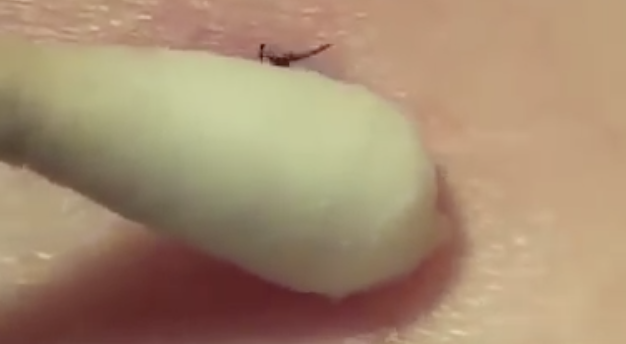
All you need is a cotton swab, water and good lighting. Take the cotton swab and quickly dip it in water to slightly moisten the tip, which will help make it glide smoothly along the skin. Place the cotton swab tip on the back of the tick so that it’s slightly angled, and not directly over it.
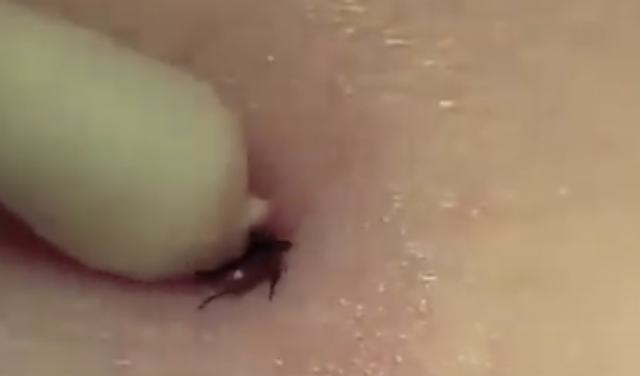
Push the tick around in circles so that it rotates around it’s axis, or hypostome which is it’s mouth part. After about 3-5 rotations the tick should release it’s bite and back itself out of the skin. Now you should be able to pick up the tick with the end of the cotton swab and can dispose of it properly.
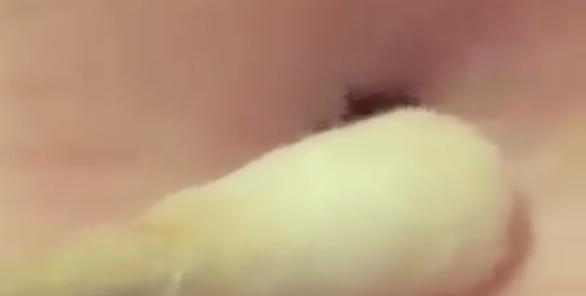
The video explains that this method works by essentially coaxing the tick with cotton swab to let go of your skin. The sides of a tick’s mouth have a bunch of tiny, barb-like, bristles that project out and help to anchor it to the skin. These mouth-anchor attachments are what makes it so difficult to properly and completely remove a tick.
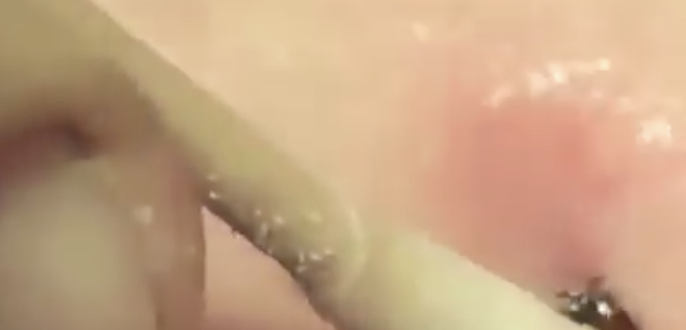
They anchor the tick’s head and mouth so securely that when you go to pull it off with tweezers you often end up separating the tick’s body from it’s mouth part. The tick’s mouth remains embedded and attached, still biting you, and is now even harder to remove. With this cotton swab method, the tick will back itself out of your skin and release it’s bite. There are no nasty body parts left behind and you don’t have to dig around in your skin with tweezers, which can increase the likelihood of infection.

Please Share This Technique With Family and Friends





